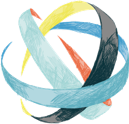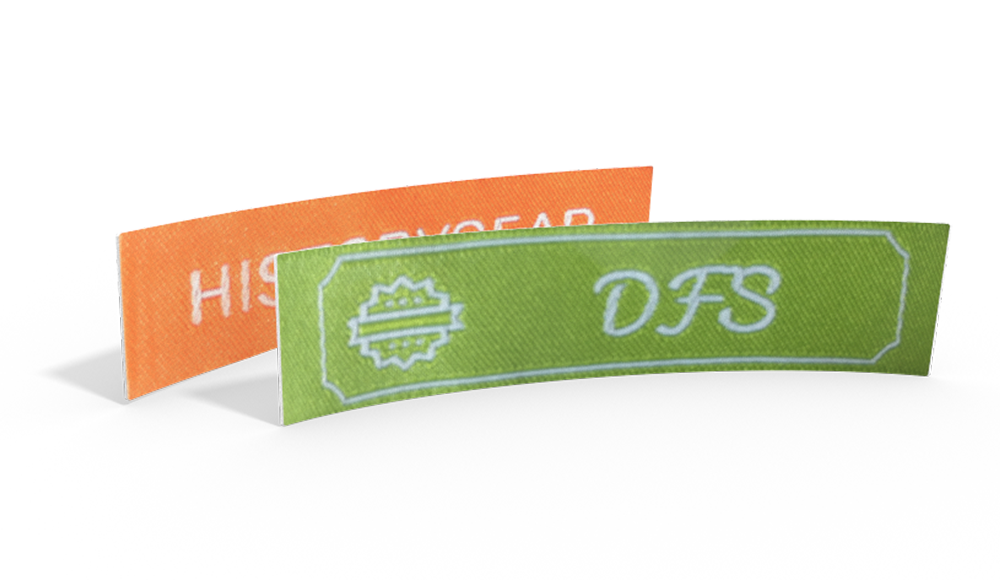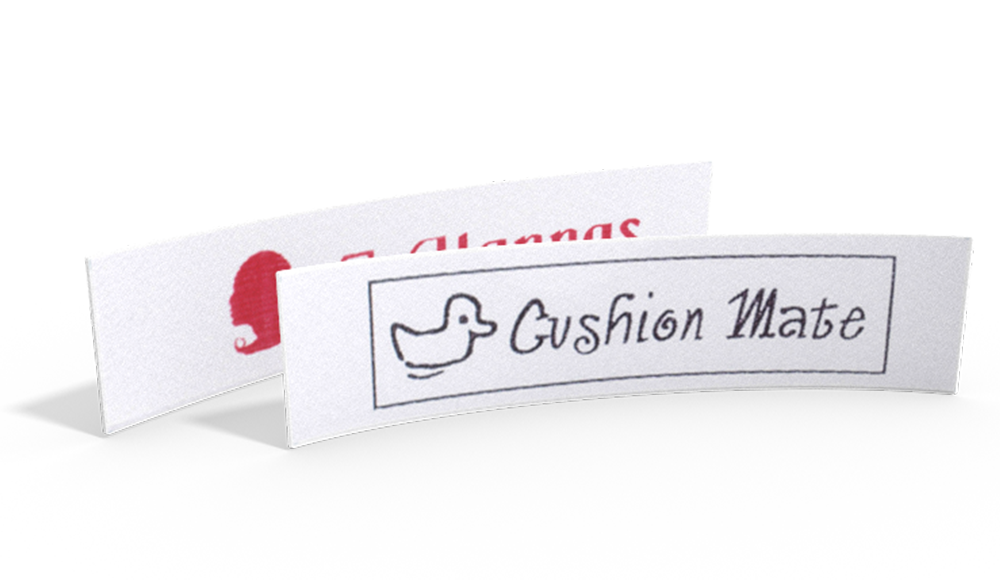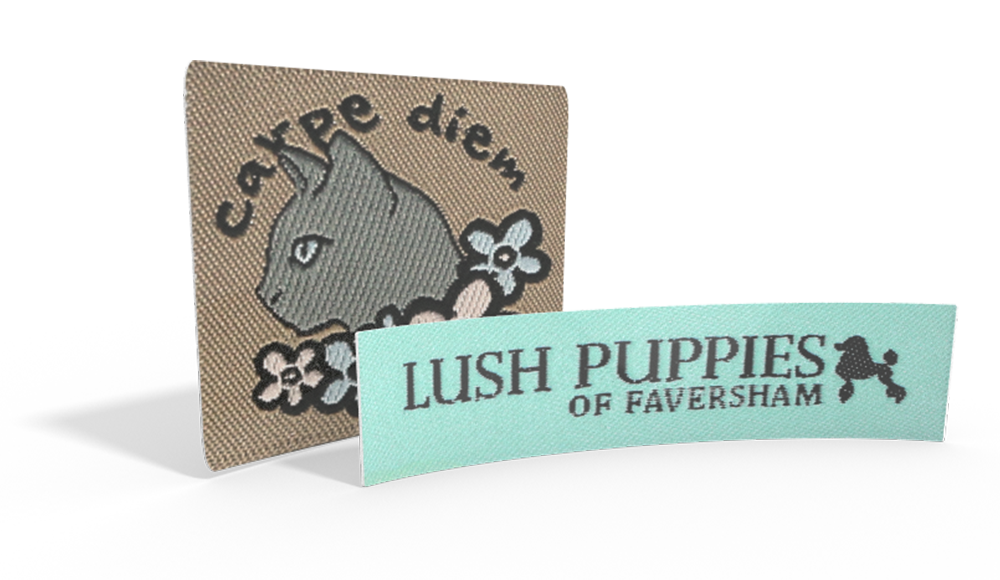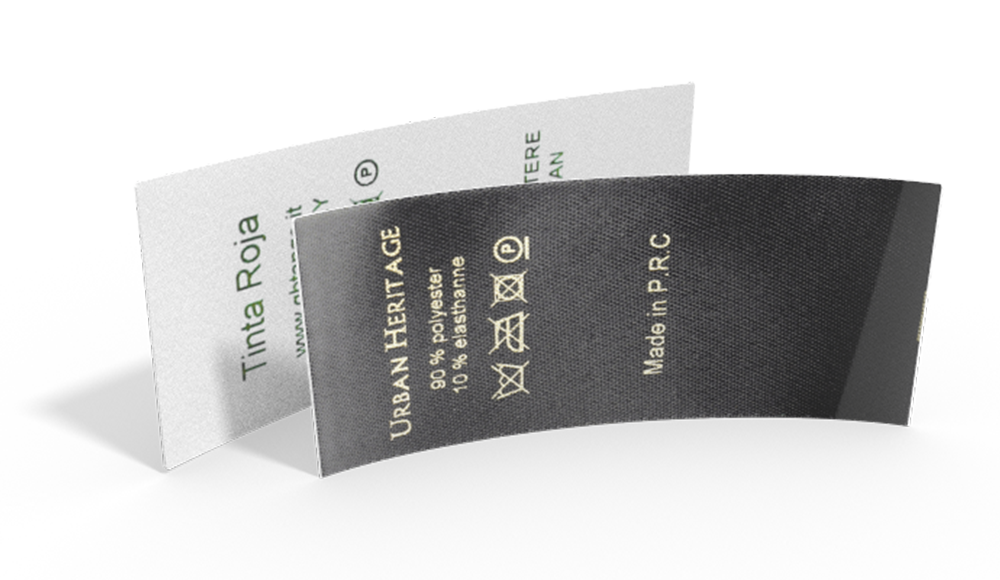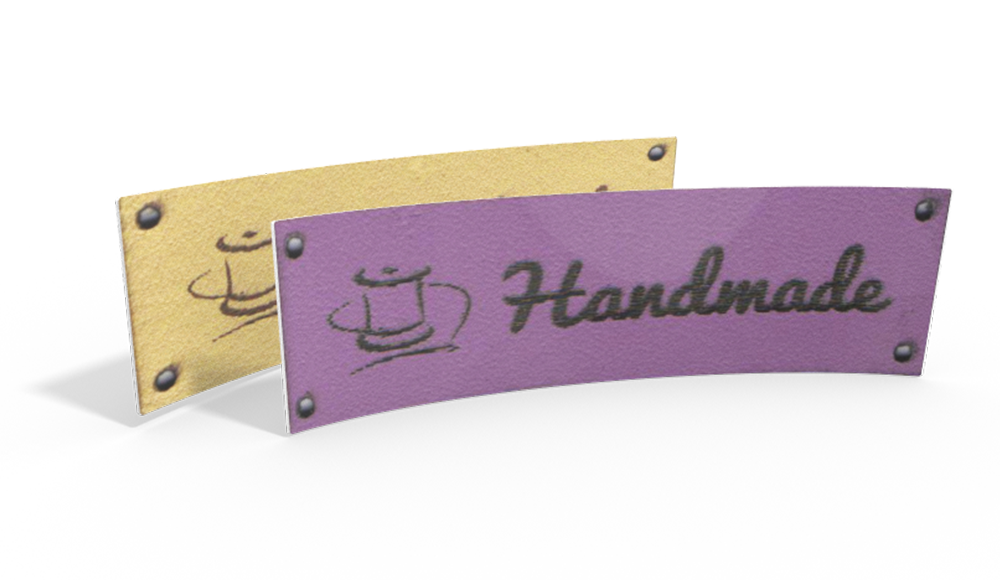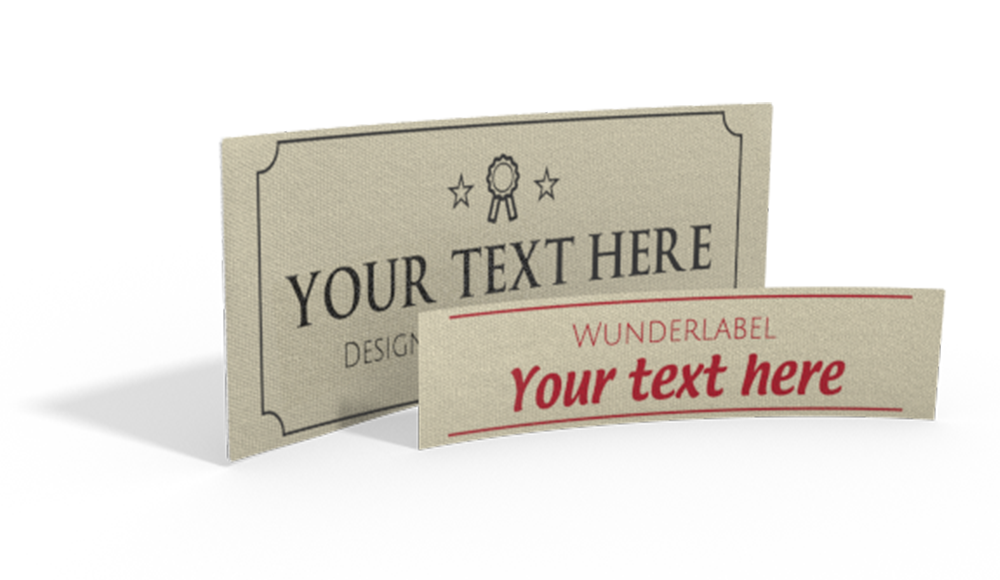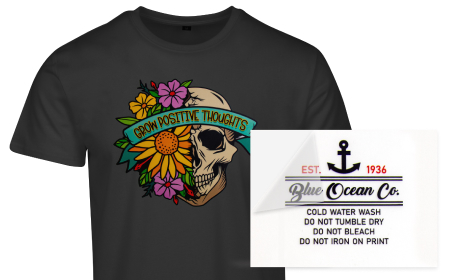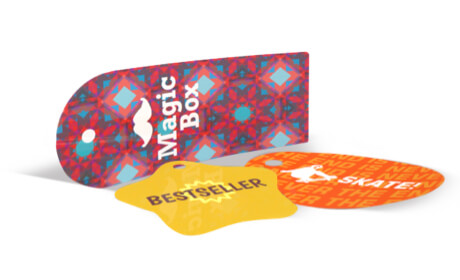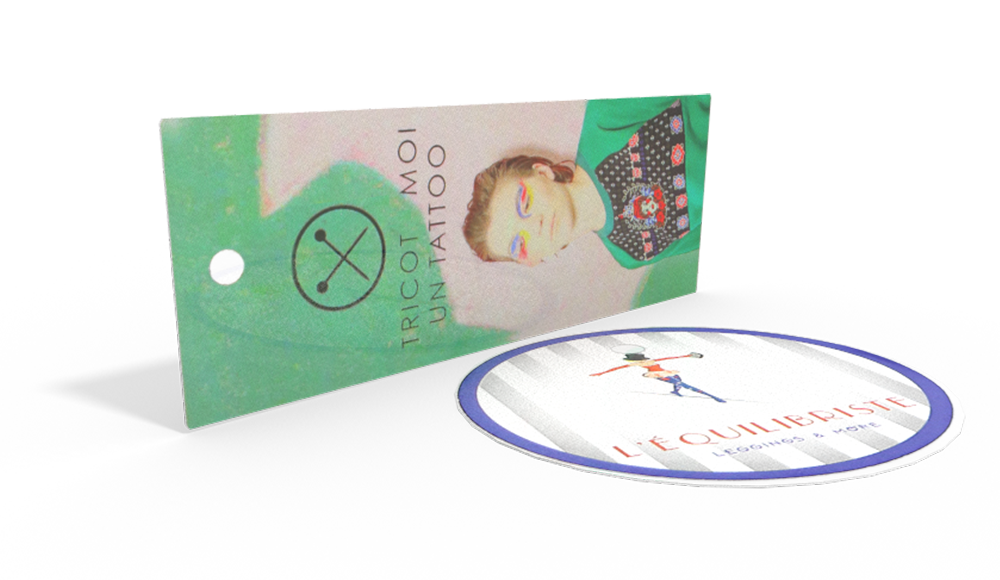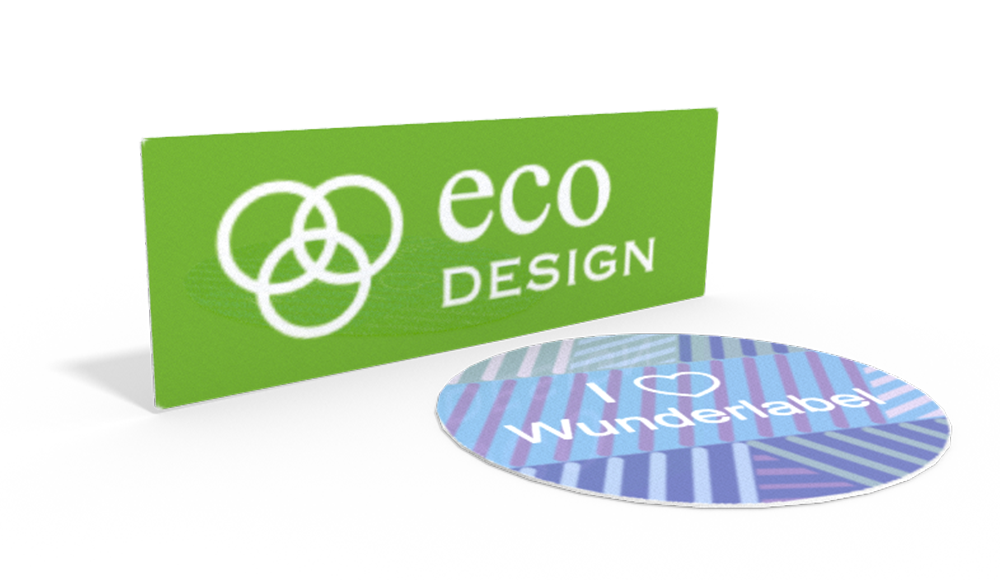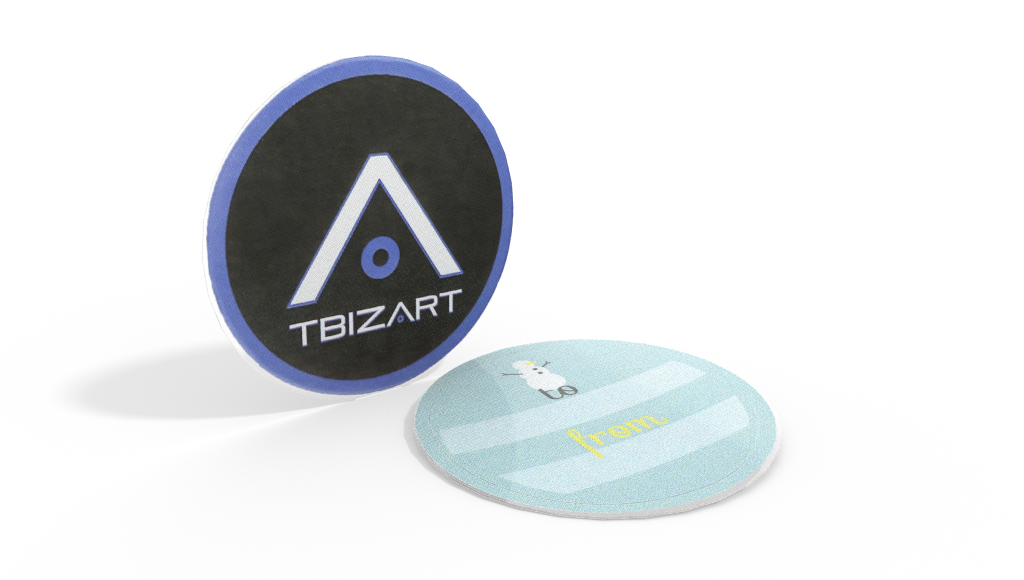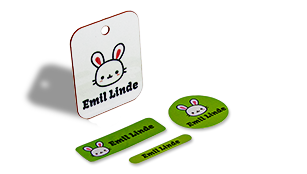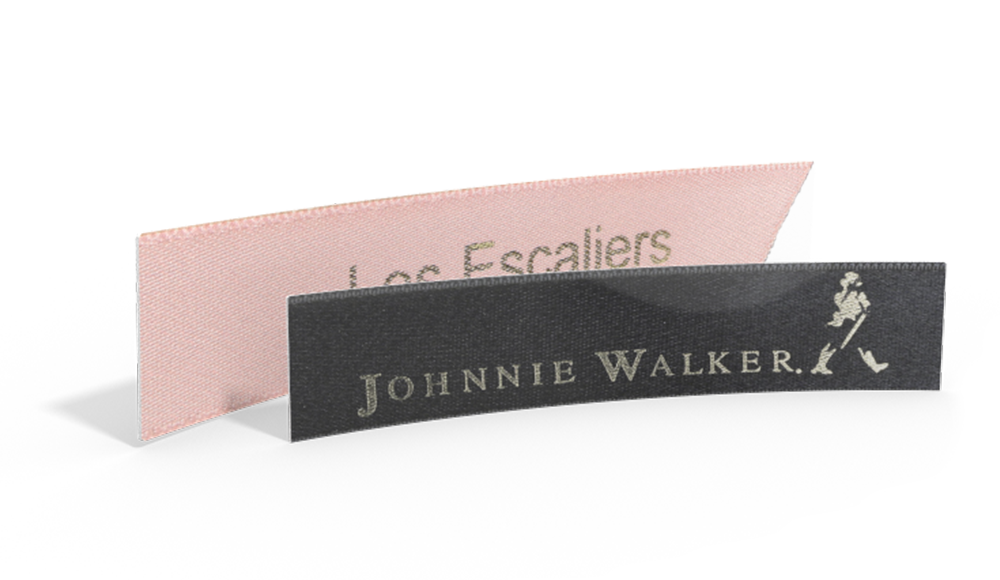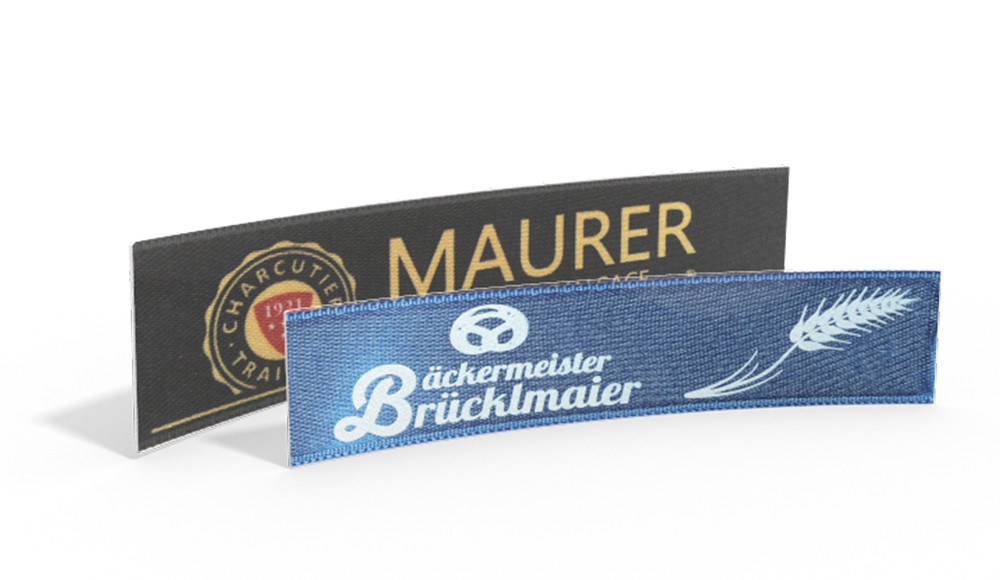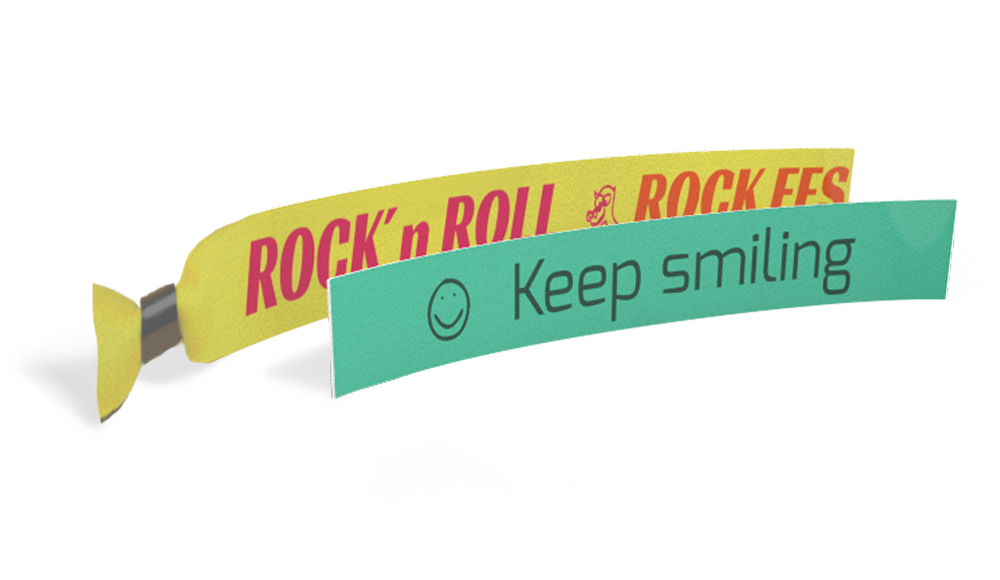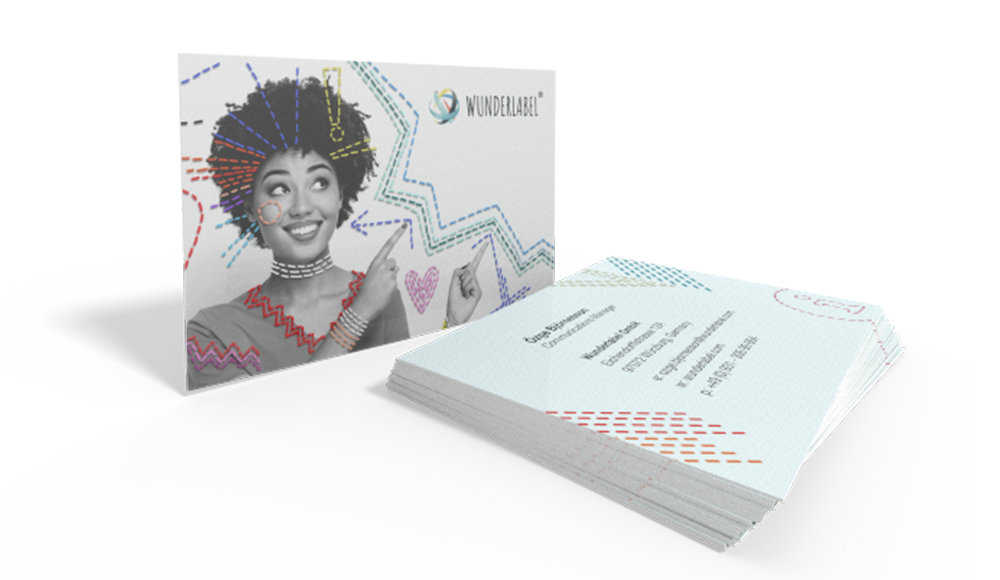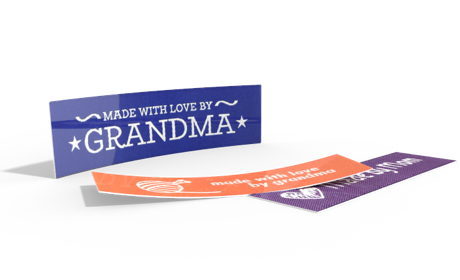"There's a lot to consider, but we've broken it down so you can get started."
So you want to start a decorative pillow business. Sounds like fun! Swapping out cushions is a great way to give a room a facelift without spending a fortune, so depending on where you're located, there might be quite a local market to tap into. And, if not, there's always the power of the internet to bring customers and makers a little closer together. But where do you get started? How do you decide what types of cushions to offer? What supplies and equipment will you need? There's a lot to consider, but we've broken it down so you can get started.
Planning Ahead
Before you sit down at your sewing machine, there are a few preliminary points you should decide, from how much you're willing to invest to where you're going to sell your finished pillows.
Investing Time and Money
We're not going to spend too much time going over the basics here (we've got a whole other post for that), but you should put a bit of thought into what you want your business to look like once it's up and running, and how much time and money you're willing to invest to get it there. A great way to do this is to create a business plan. This is a document that can help you if you decide to apply for loans or grants to get your business off the ground, but it's also really helpful from a personal perspective, because it lays out all the things you're going to need to do and gives you a chance to decide how much you're ready to commit to before you've already committed.
Where Will You Sell?
This is one of the most important considerations, and it can have a big impact on everything else, from what kind of business licensure you need to what types of products you offer. You have lots of options, from selling quirky cushions direct to customers from an online shop, to working with local interior designers to create made-to-order pieces specifically for the spaces they're working on, and everything in between. Do some research to determine what options are available to you locally as well as online, and decide what most closely matches your vision for your business. Keep in mind, this isn't an all-or-nothing choice. Maybe you start online, but later decide to work with local businesses. Maybe you start by placing items on consignment in local boutiques, and add online sales when you're ready. It's an important consideration, sure, but it's also one that can evolve when you're ready.
Develop a Marketing Plan
So now you've got an idea of what you're selling and where, but how are you going to tell everyone about it? Marketing, of course! And, as with everything else about small businesses, exactly what's going to work best for you will depend on what your needs are, what kind of investments you're able to make, and other factors, but here are some of the options to consider:
- Social Media Marketing Your social platforms are a great way to market your business, even if you're not directly paying for ads (though that's definitely an option, too!). Most of the marketing you'll be doing on social media is what's known as content marketing which is different from traditional marketing in that you're giving customers value-added content (like helpful blogs or funny product videos) without them having to purchase it. This builds a relationship with customers that starts before they've even become customers and is a great option for getting the word out.
- Business Website This is a slightly more passive form of marketing, because instead of reaching out to find customers, it requires customers to find you. But today more than ever, customers are looking. It's common for customers to hear about a brand or company that interests them, whip out a smartphone and start Googling. So it's up to you to make sure there's something for them to find!
- Email Marketing Email marketing is a super powerful tool, that, unlike other forms of marketing, can reach out to customers directly. But with great power comes great responsibility! Spamming your customers can get your email address blacklisted, which makes it much harder to reach customers—all your emails will get caught in spam filters! So be thoughtful in what you send, to whom, and when.
- Blogging You don't necessarily need your own blog to talk up your company! Reach out to learn about the possibilities of doing interviews or guest blog posts with your favorite handmade blogs. Just as an example, check out some of the awesome customer features we've done right here on the Wunderlabel blog!
- Print Materials Think business cards, pamphlets, catalogs—you name it! Not everything will make sense for your business—no need for a branded tablecloth if you're not doing in-person events!—but have a chat with a local printer and browse through some of the products available through online print companies and see what's most cost effective and valuable for you.
- Paid Print Ads Running an ad in the local newspaper may not be terribly effective in this day and age, but if you're planning to work with decorators or do custom work for homeowners, it might be a great idea to have your business in a decorating magazine or catalog. Look at your options to see what makes sense in terms of reach and cost.
- Television and Radio Again, not for everyone, but don't rule it out just because it seems unusual for a handmade business. A quick email to local television and radio stations is usually all you need to get some information about what kinds of ad packages are available and the costs involved.
Show Off Your Designs with a Pillow Mockups
Showing off your pillow designs is easier than ever with this online tool! In order to avoid making a stock that may or may not sell, designers can always use pillow mockups to display their designs without making an actual pillow!
This is a great help when selling online, making your own online shop, posting on social media. It’s just the smart way to get your shop going without spending more time than needed when marketing your brand.
Selling t-shirt designs on POD websites is a great business opportunity for creatives and artists. You can expand your customers offering pillow designs too! The business logic is the same as with POD t-shirt businesses, but you get the odds on your side by increasing your offerings!

Pair of Square Pillows Mockup Lying on a White Sheet
An Online Tool for Your Pillow Mockups
Pillows are a great product to sell at any store because they can appeal to a wide variety of people, you can make general designs or very personal customized pillows for valentines, birthdays, newborns, newlyweds, a specific theme or character, and much more. Pillows can also offer your shoppers a fun way to customize their homes with their unique personality. They can be charming, funny, comfy, trendy, fancy, fun, or anything else you’d want them to be! Placeit’s Pillow Mockups offer both basic dimensions:
- Squared Pillows 1200px X 1200px
- Big Pillows 1500px X 1000px
Plus customization is as easy as moving/scaling. You just upload your design on the “upload your image” box. Scale your Image to fit the dimensions or place as you wish. Finally, you just have to click on the “download” button and you will receive your high-quality pillow mockup! On some stages, there may be other options like customizable backgrounds.
Take Me To Pillow Mockups
Look at the pillow mockups we have collected for you!

Pillow Mockup on an Orange Sofa Near a Labrador Dog

Pair of Pillows Mockup Standing on a White Surface
 Young Girl Lying Down on a Big Pillow Template
Young Girl Lying Down on a Big Pillow Template

Horizontal Pillow Mockup Standing on a White Background
Other Product Mockups to Grow Your Business
Make amazing designs for all kinds of products! Placeit offers a variety of mockups for you to take advantage of with our monthly subscription! Download as many assets as you need: pillows, t-shirts, prints, banners, mugs, books, albums, towels, iPhone cases and so much more!
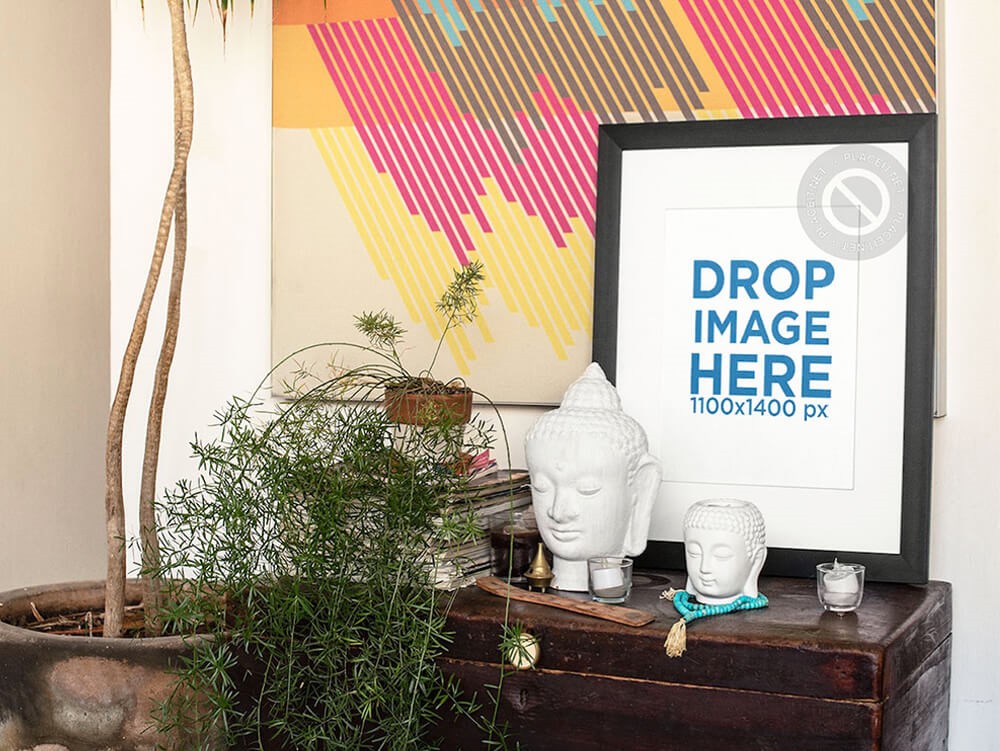
Print Mockups
So, get ready to boost your sales with an amazing mockup tool that will make your life easier than you could ever imagine. It’s as easy as uploading your designs and downloading your final image! Placeit’s mockups offer a universe of possibilities for your online shop! Are you selling on Merch yet? Learn how to sell like a pro with our Complete Guide to Merch by Amazon.
The Not-So-Fun Stuff
Yeah, we know. No one wants to think about the icky parts of starting a business, like loans and taxes and licenses and stuff, but it's important. The rules change depending on where you live and what kind of business you're planning to run, so your best bet when you decide to start a business is to have at least a preliminary session with a lawyer and an accountant. You may decide afterward that it doesn't make sense for you to keep these pros on retainer, but they'll at least be able to outline the legal structures you'll have to operate within and help you avoid some pitfalls and major stress as your business is getting off the ground.
Creating Your Inventory
Now it's time for the fun part— actually making your pillows! But once again there's more to consider than just how many to make of each design.
Types and Materials
There are a couple things to think about when planning your pillows: namely, size, shape, and color or design. If you want to use premade pillows as a base and simply create decorative covers, you're limited by the sizes and shapes available, but it can save a lot of time. This is a great option if you plan to be all about the decoration. Maybe you're creating handmade batik fabrics for your pillow covers, or each one is covered in beautiful ribbon embroidery, or sassy screen-printed designs you drew yourself. In this case, you're talking about how the pillow looks, so it might not be as important to create the bases yourself. This would also allow you to sell different covers separately and be assured of a proper fit.
But in other cases, it might make sense to have more control over the exact sizes, shapes, and content of your pillows. For example, maybe your company is all about using eco-friendly materials. In that case, you might want to make your own base pillows using eco-friendly filler, like recycled plastic beads, bamboo or organic cotton fiber, or fiberfill made from old plastic bottles. Maybe you specialize in decorative furniture cushions that are available in a variety of firmnesses to suit the tastes of the decorator—combining fashion and function!
Whatever materials and methods you choose to use, make sure they suit your business model. For example, if you're producing one-off custom cushions, you don't need to worry about matching fabrics later and can work with a wide range of vendors, but if you've got a giant wholesale order for your best-selling mermaid pillow, you need to know that your fabric vendor is going to be able to provide enough of the same material to meet your needs in the required time frame.
Don't Forget the Branding!
Unlike clothing or accessories, your customers might have a bit of a problem if your branding is prominent on your products, since they're meant primarily to be decorative. But that doesn't mean you should forgo it altogether. Branded Clothing Labels and Tags make sure that admirers know exactly where they can find pillows of their own without detracting from the fun, funky, fashionable, and functional designs you've created. Try stitching folded labels into the side seams, or using satin stitch on either end to stitch the label flat to the pillow (a great option for kids' cushions). Plus there's also packaging to consider, from cute branded ribbon you can tie around pillows before they ship, to hang-tags you apply to the pillows selling at the local boutique. No matter what your design, make sure your fans know it's yours.
